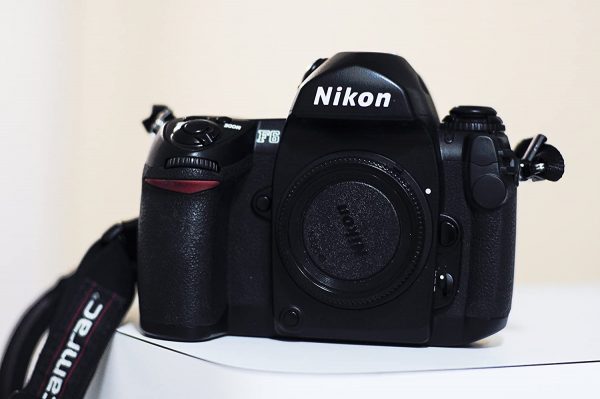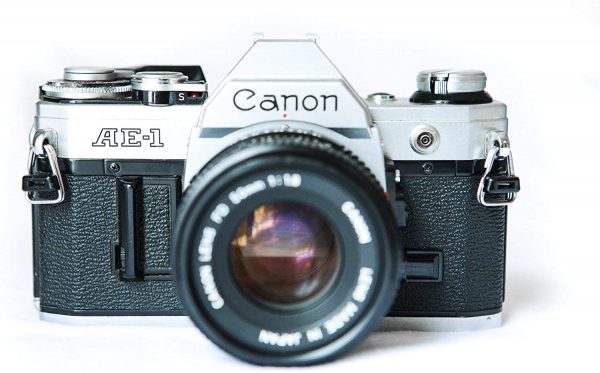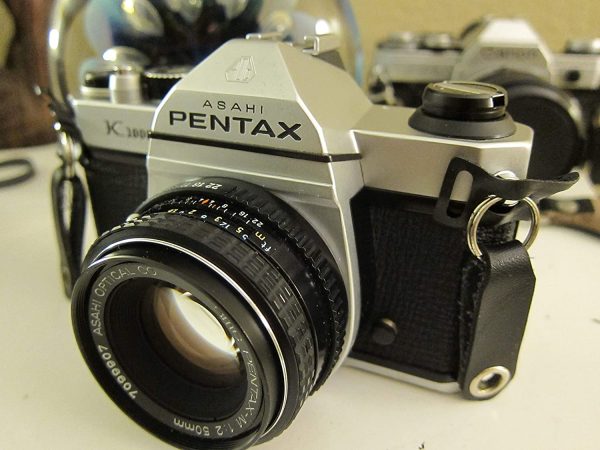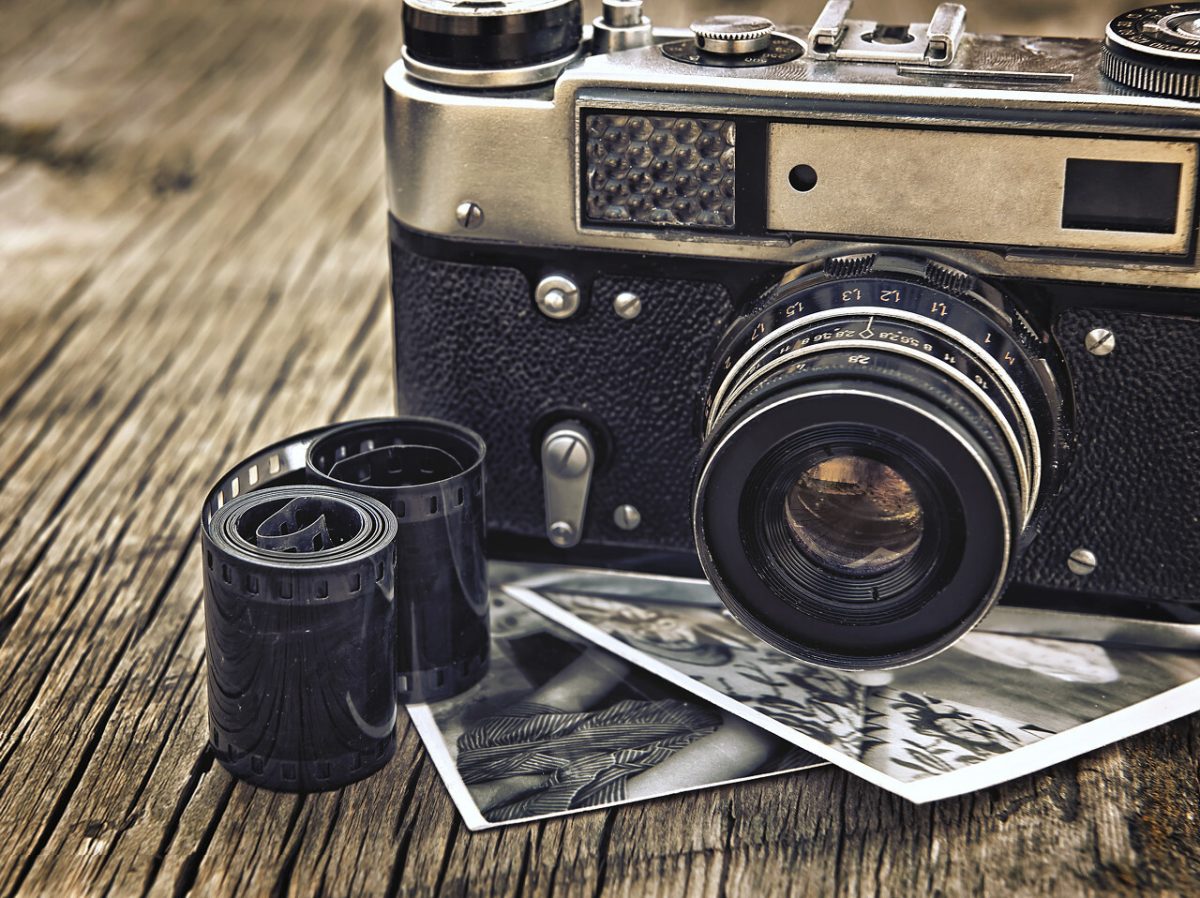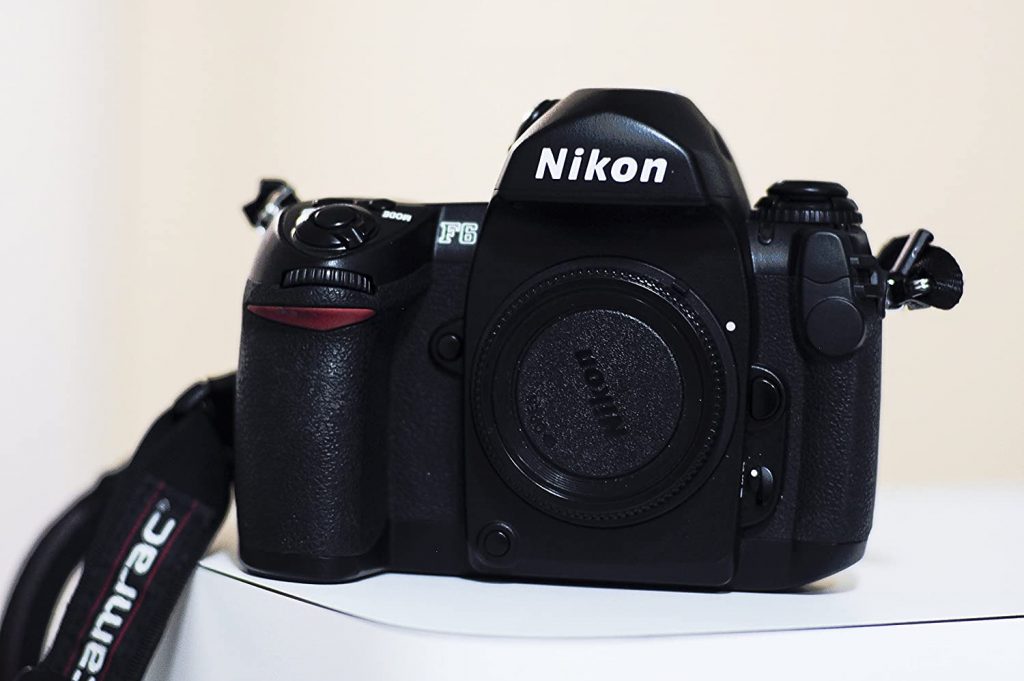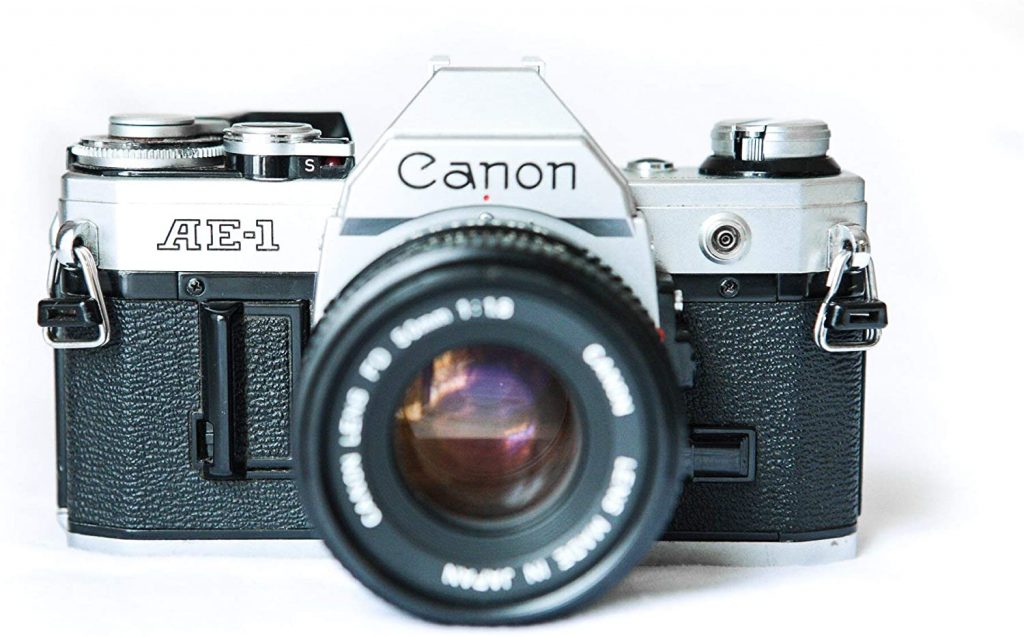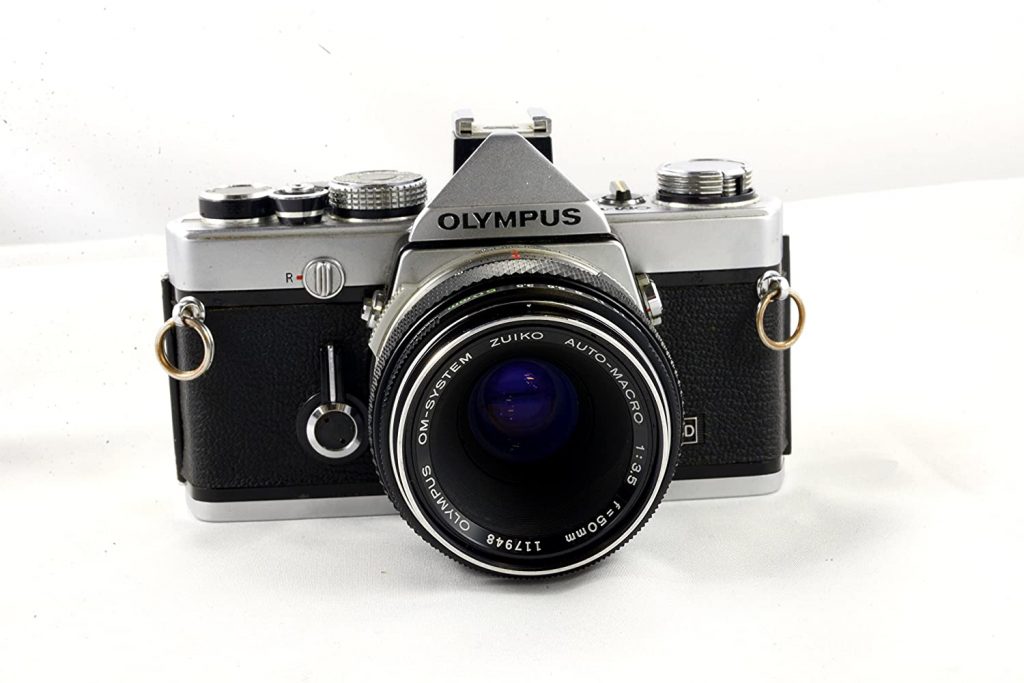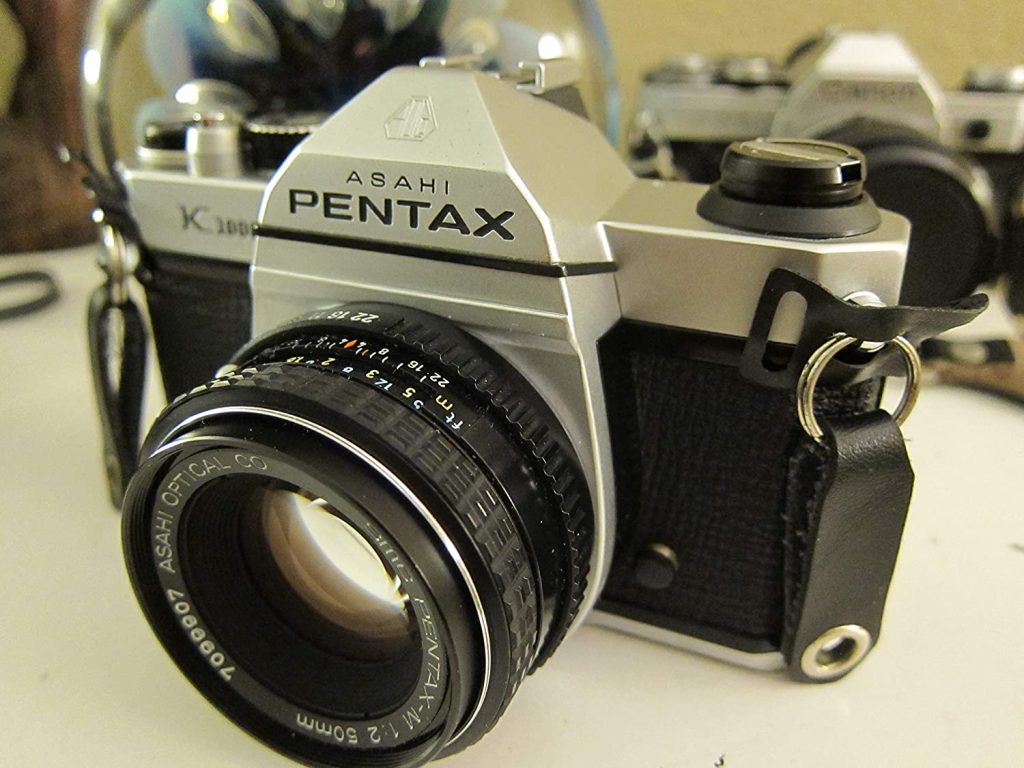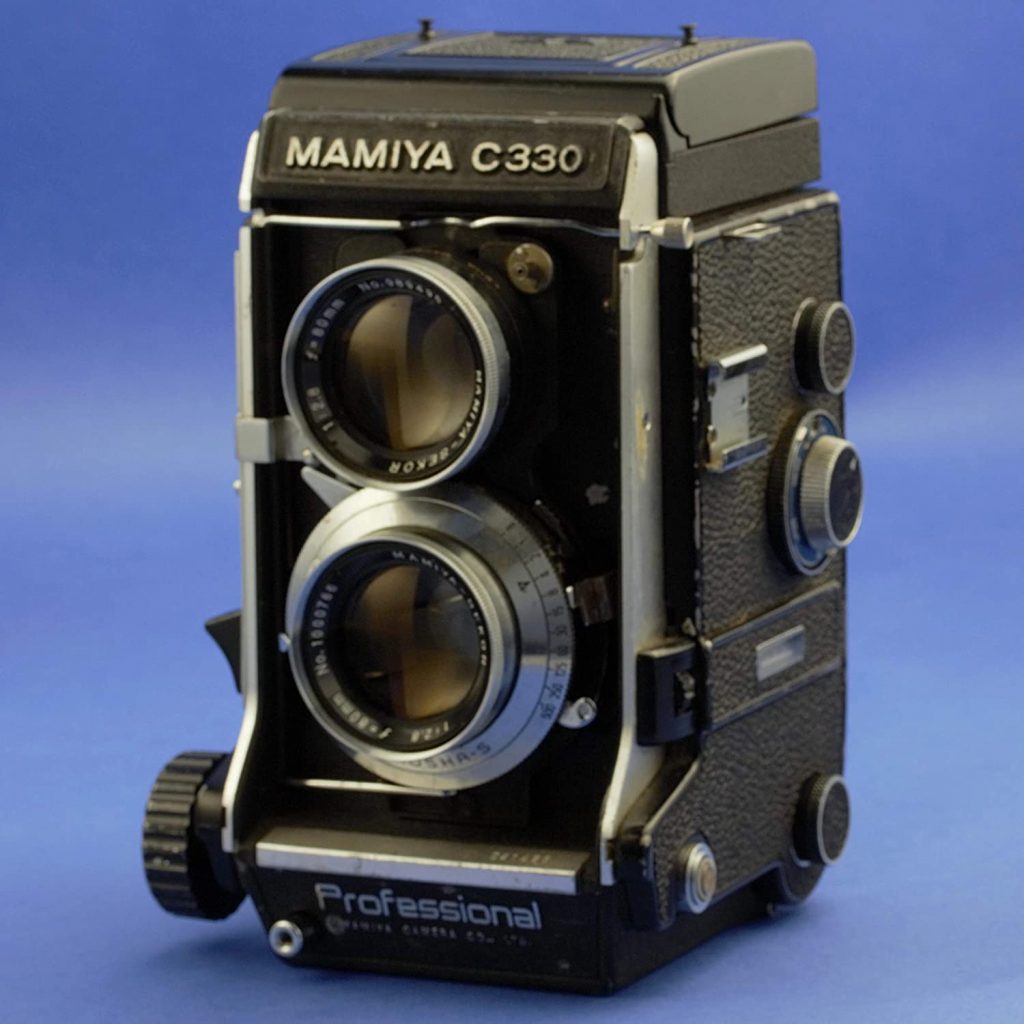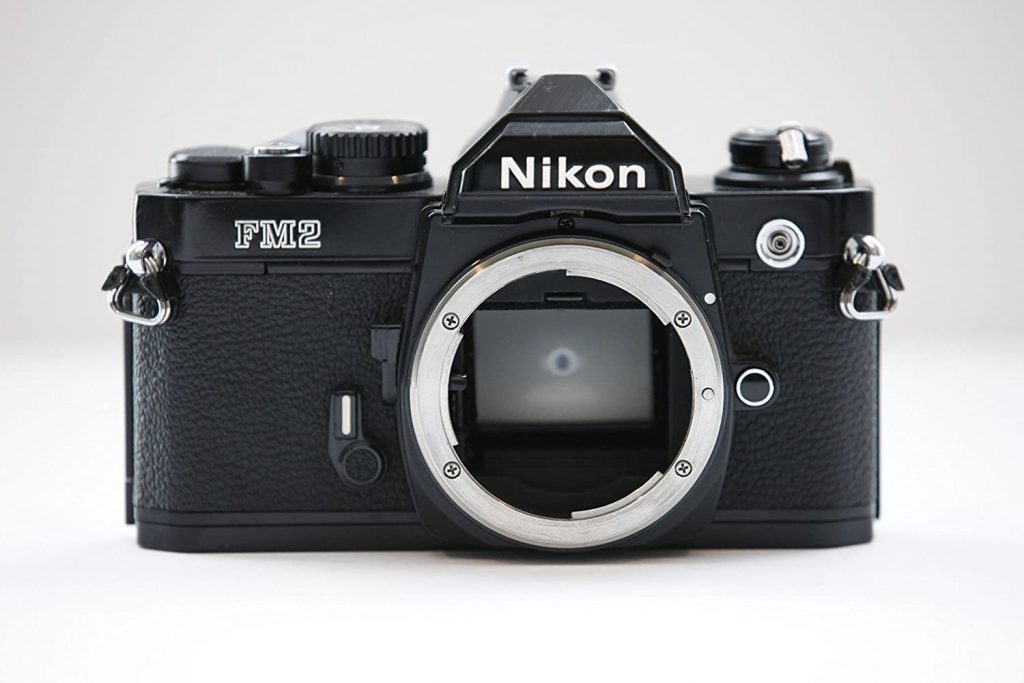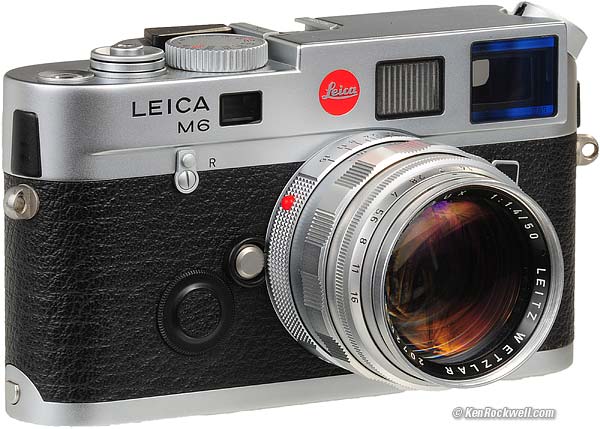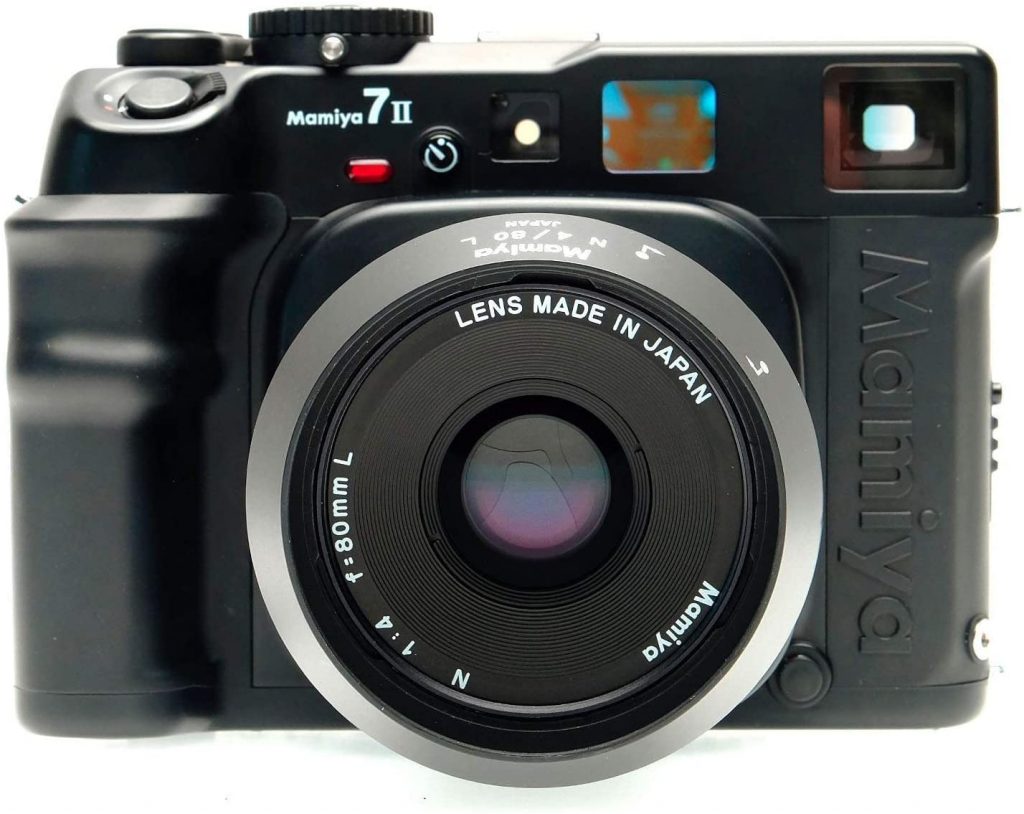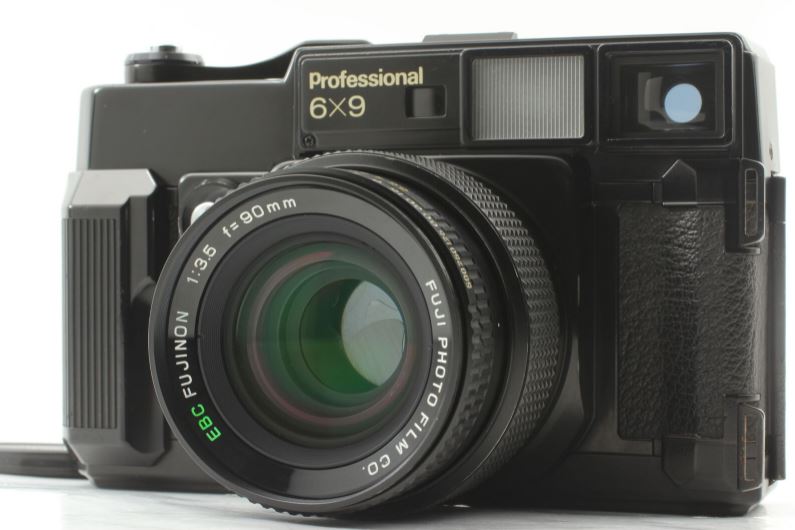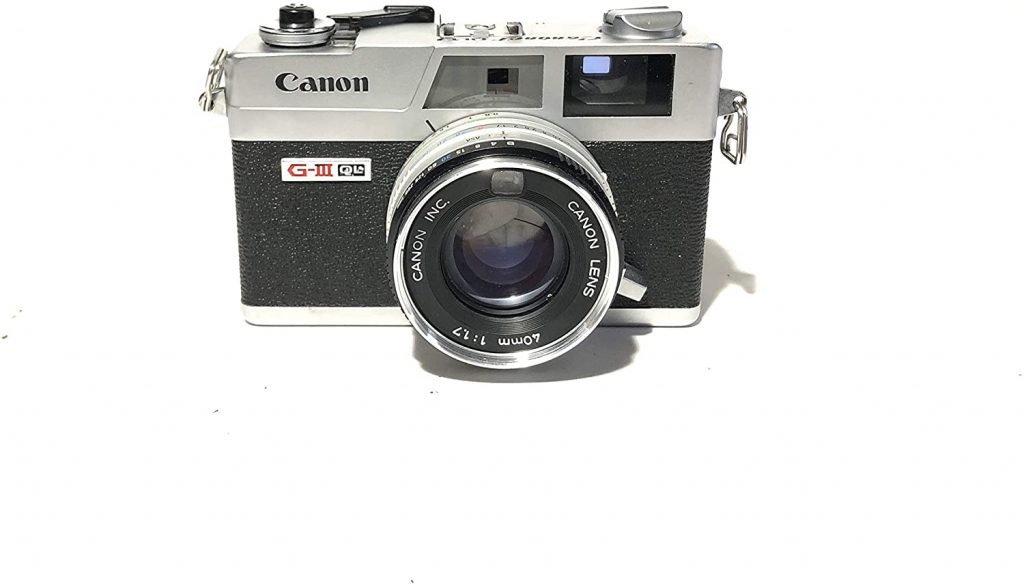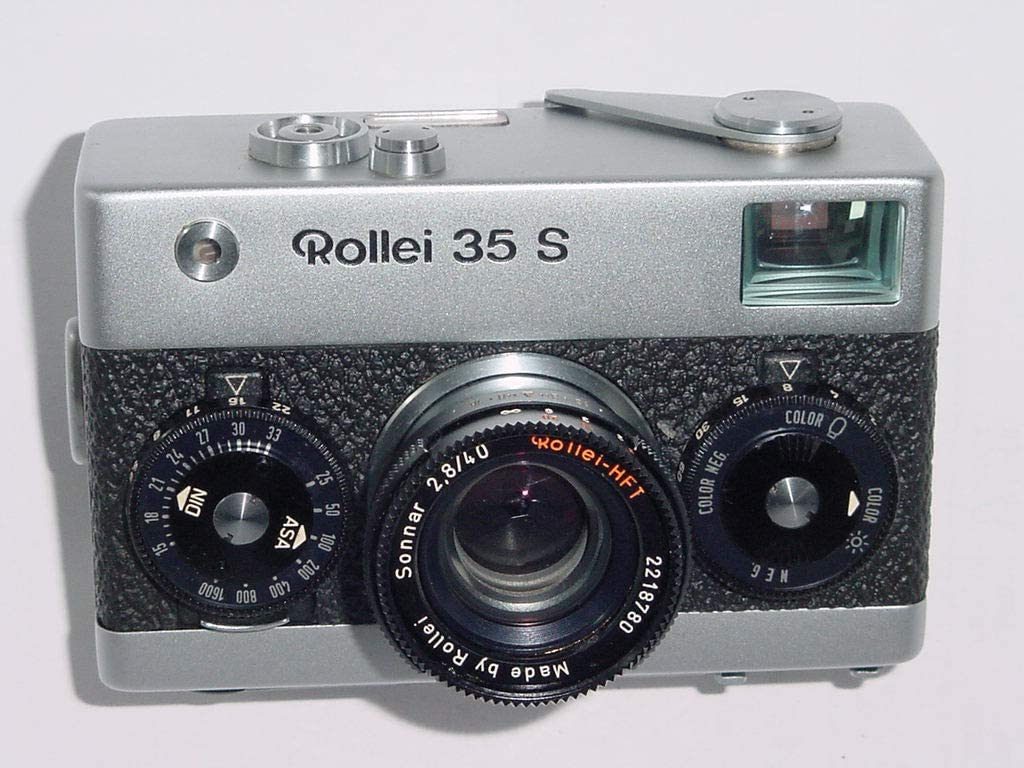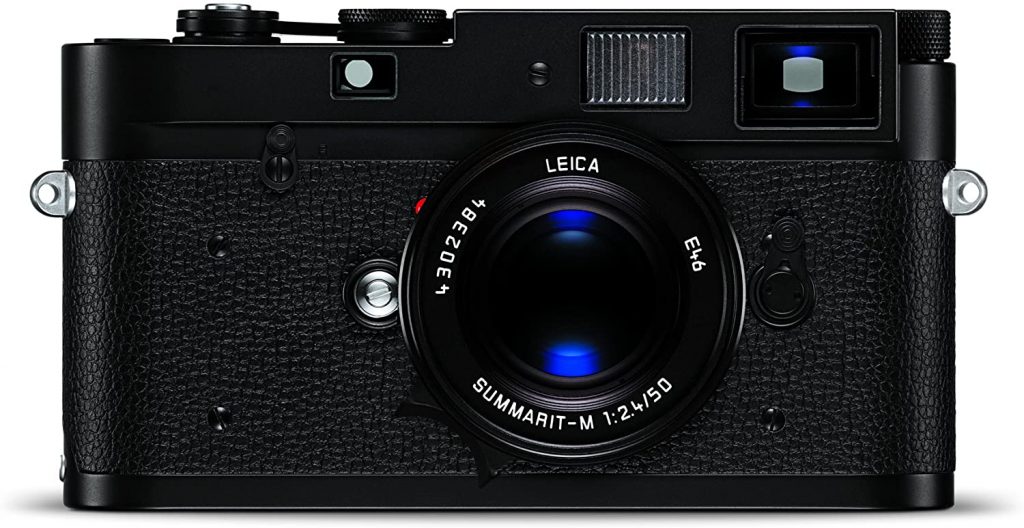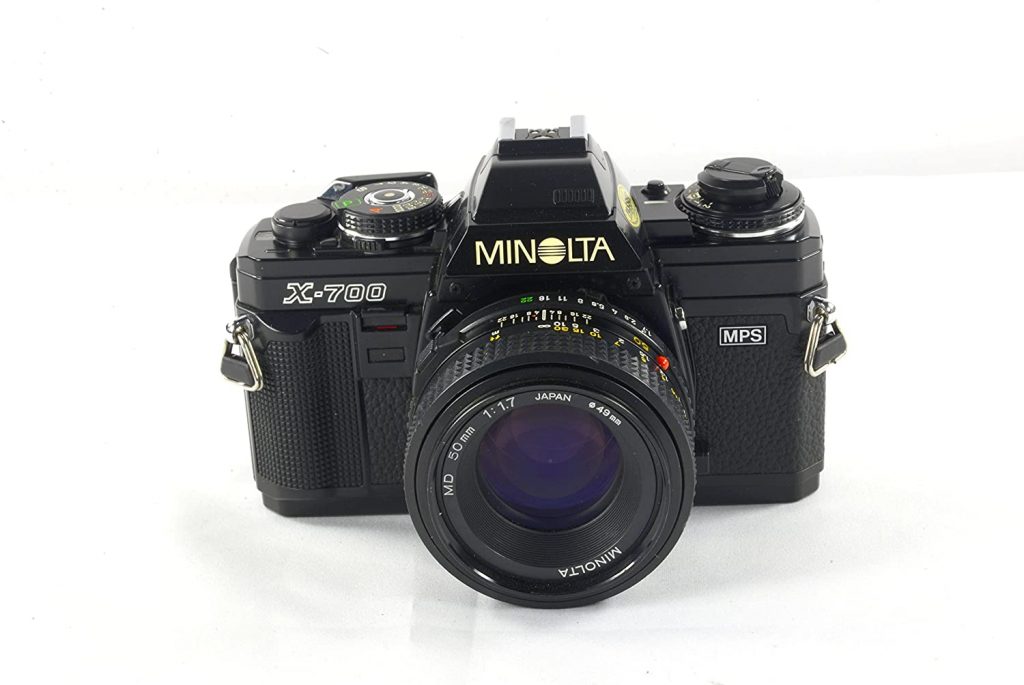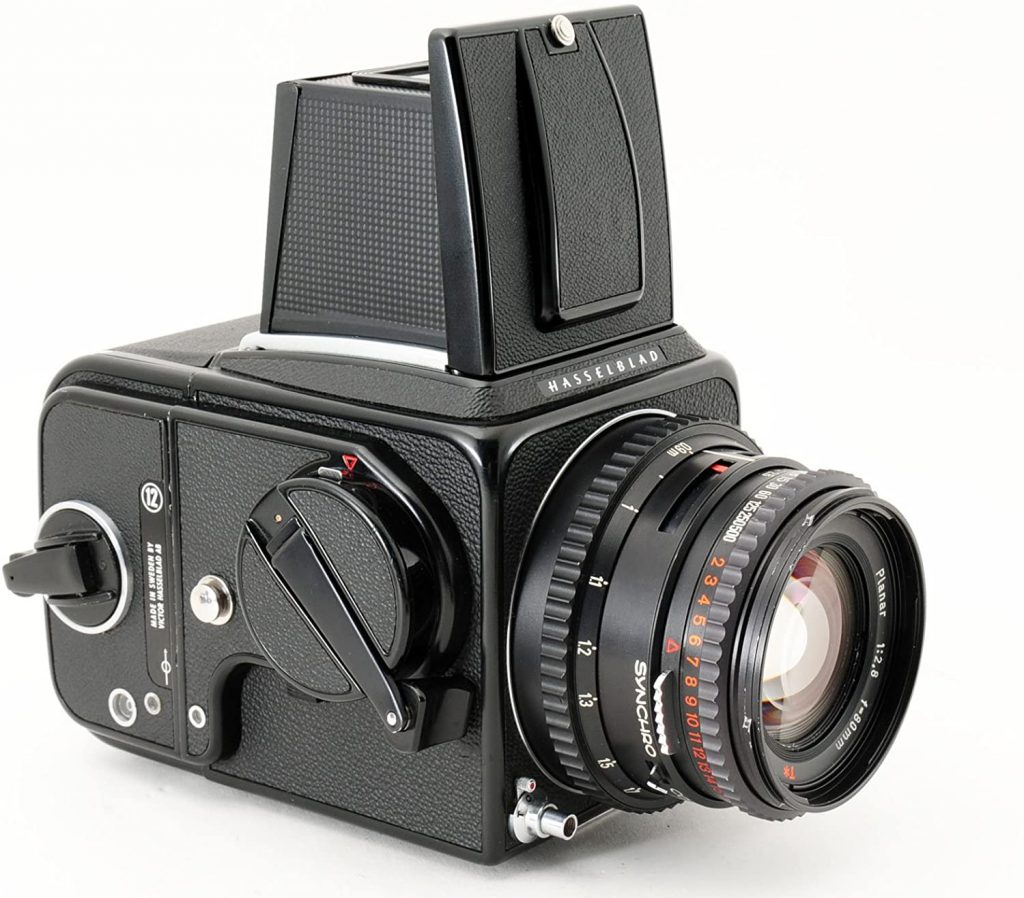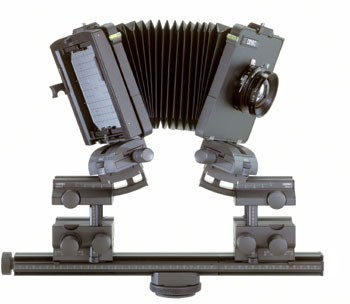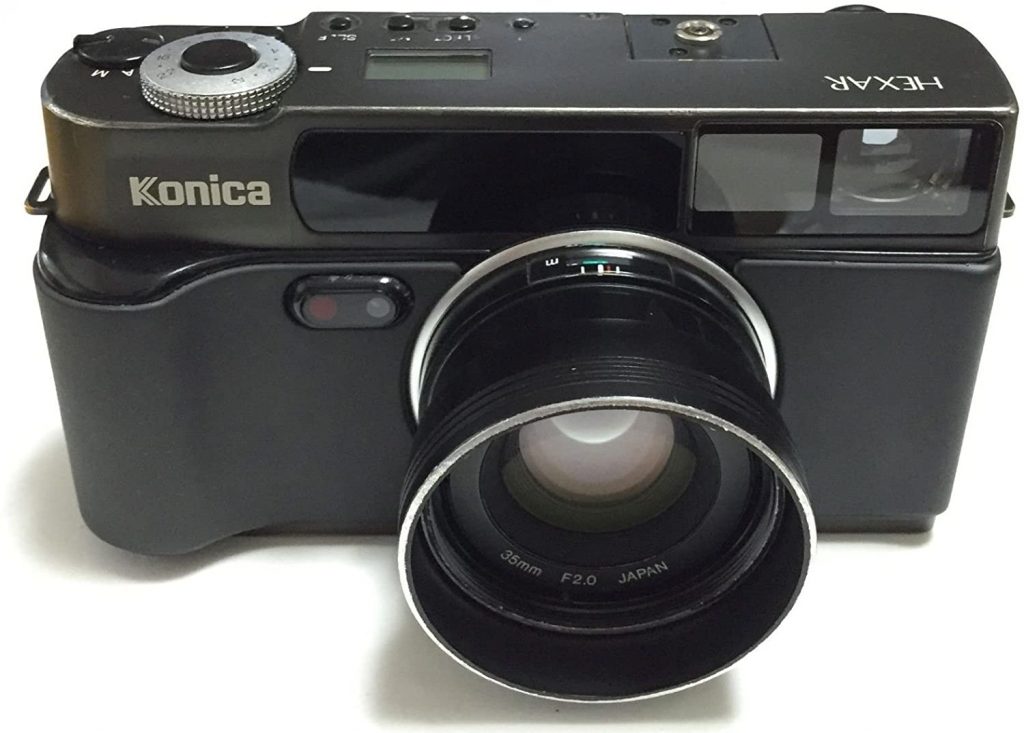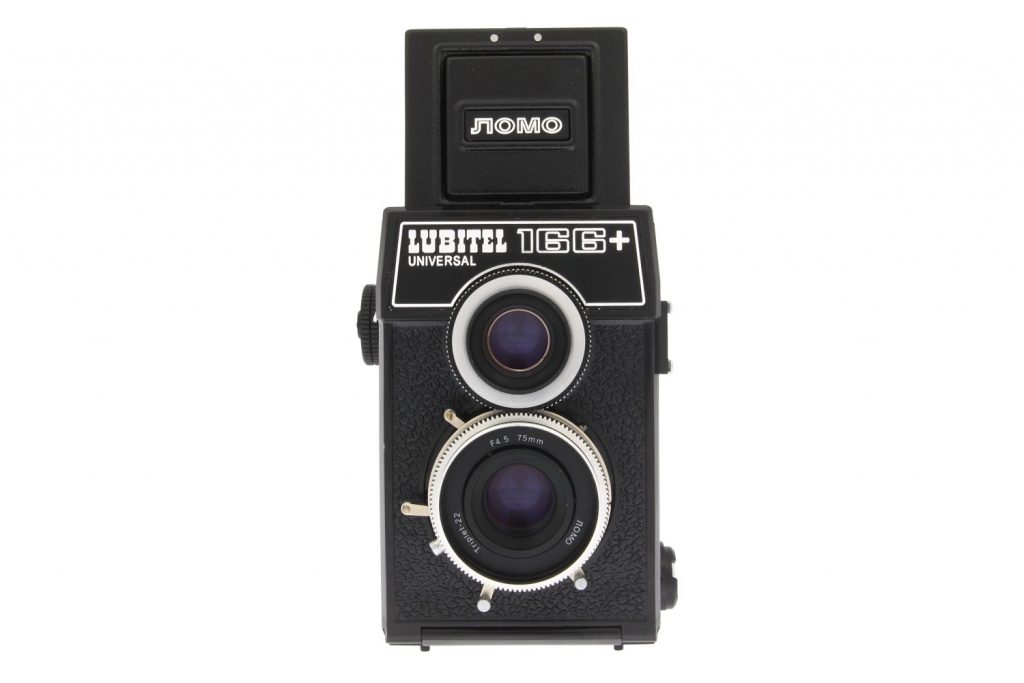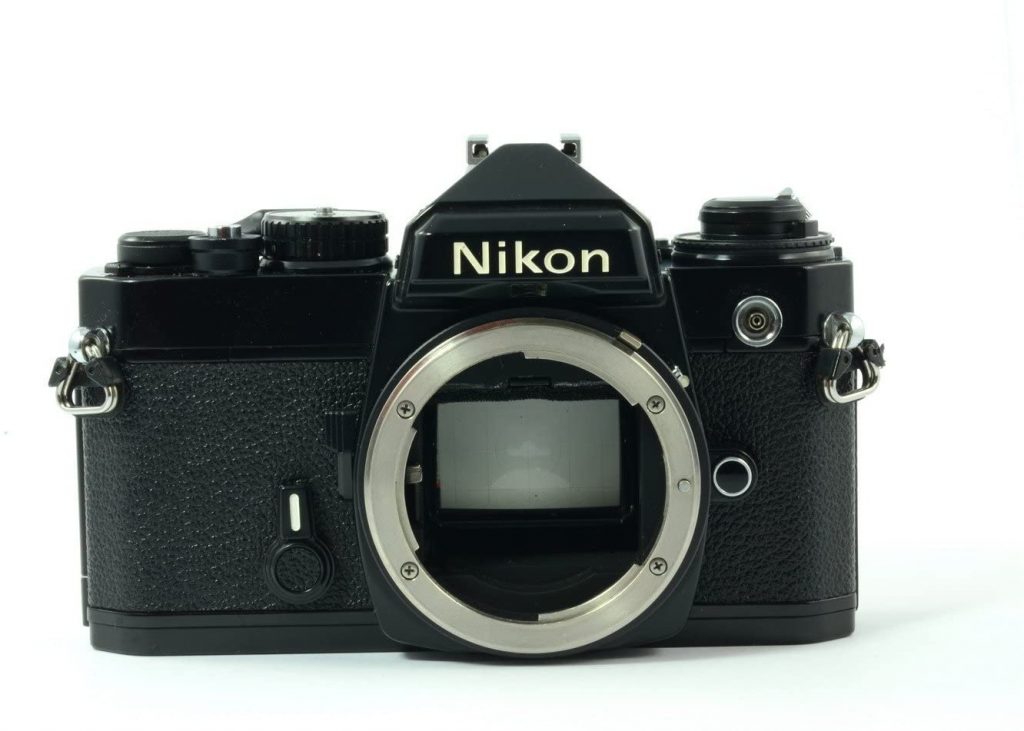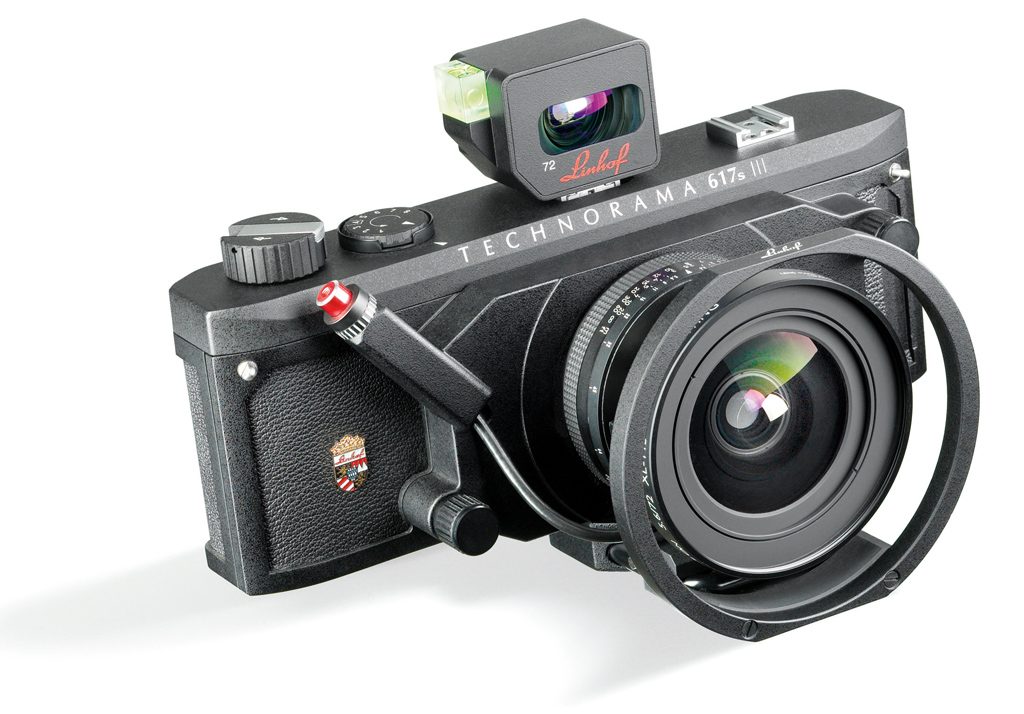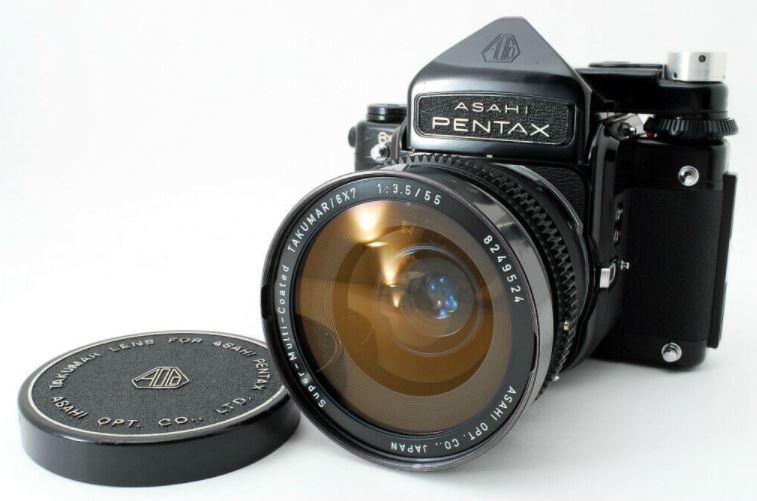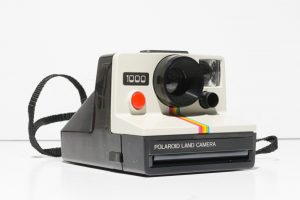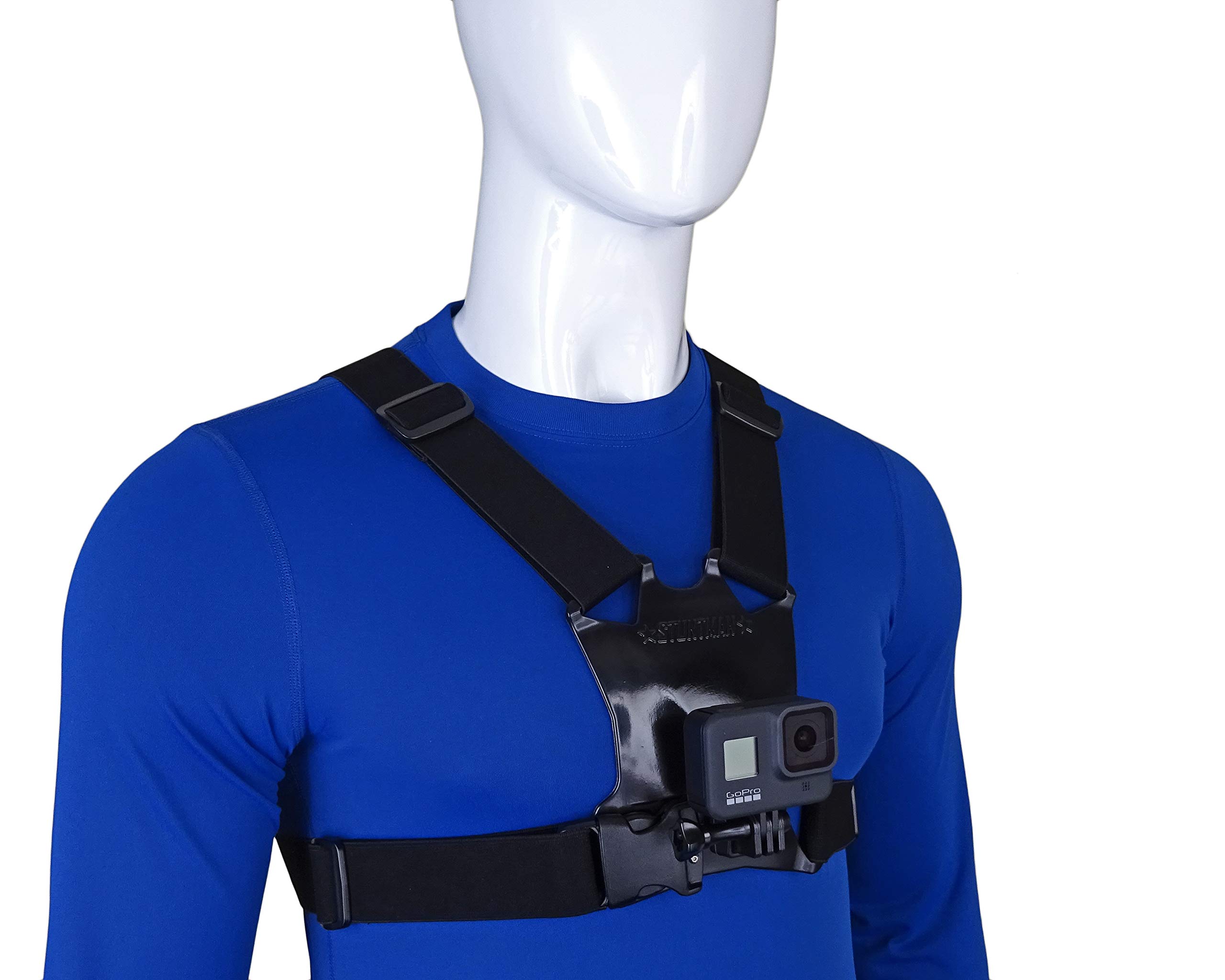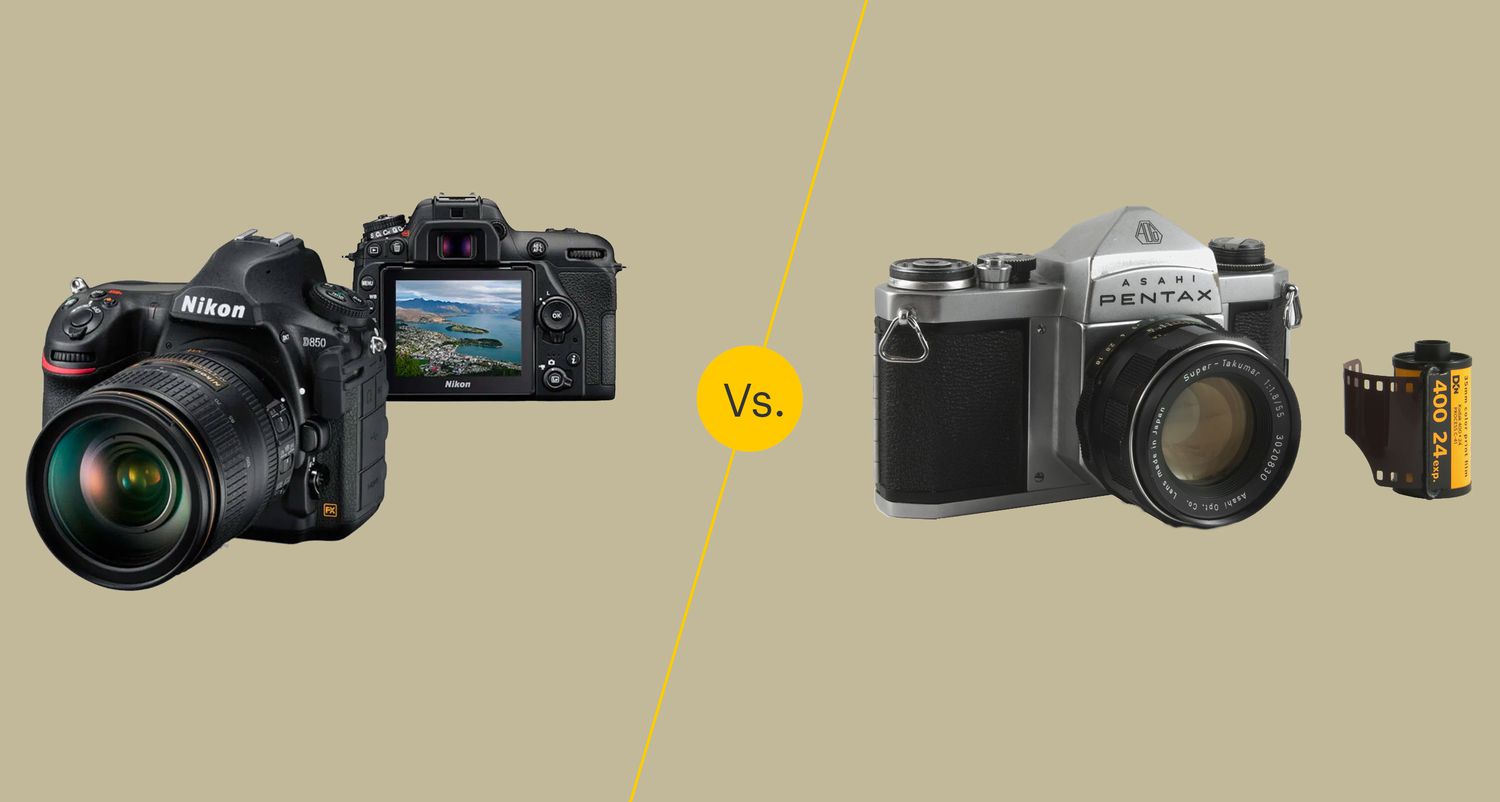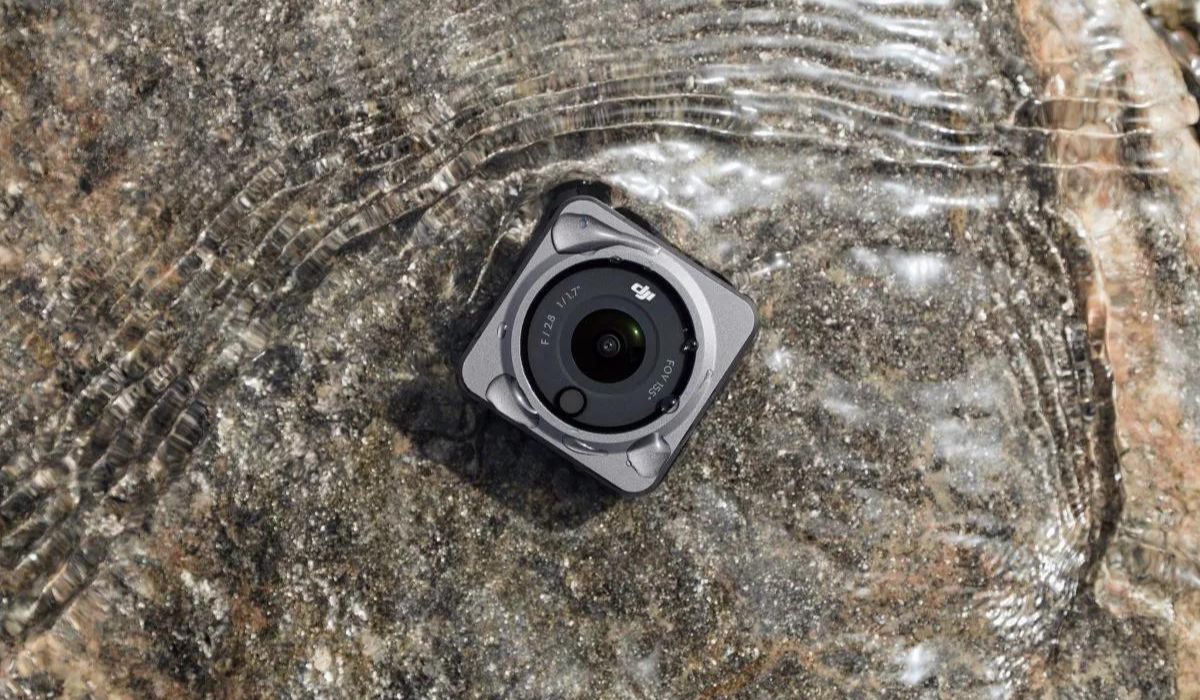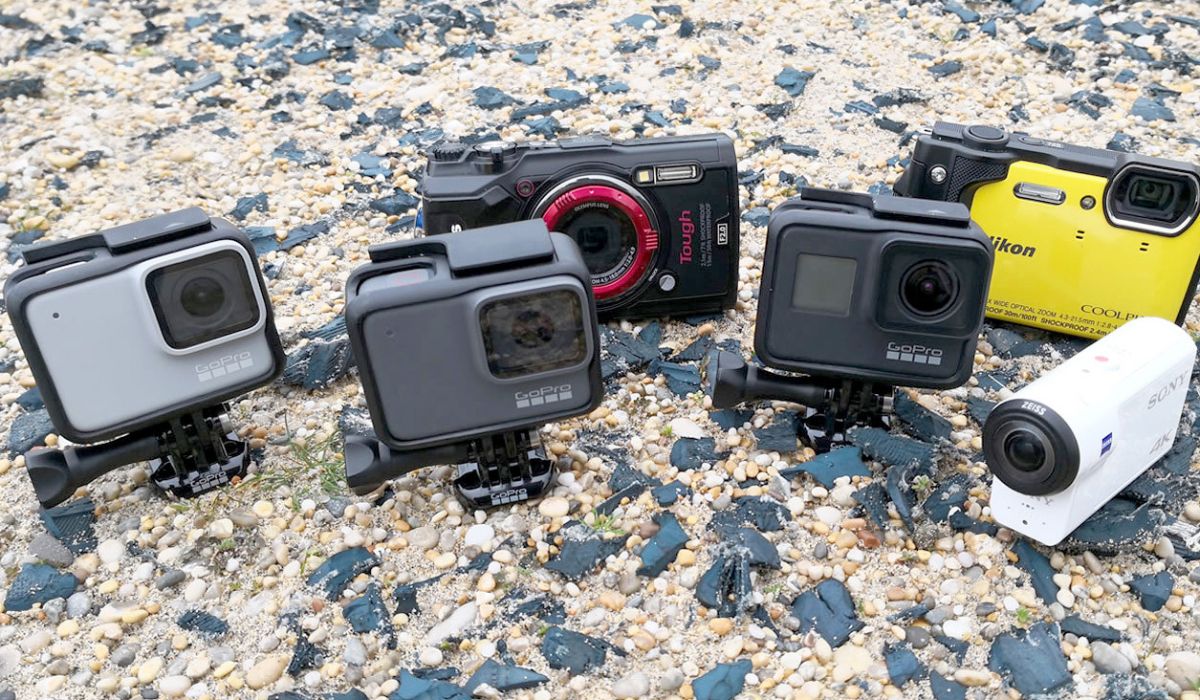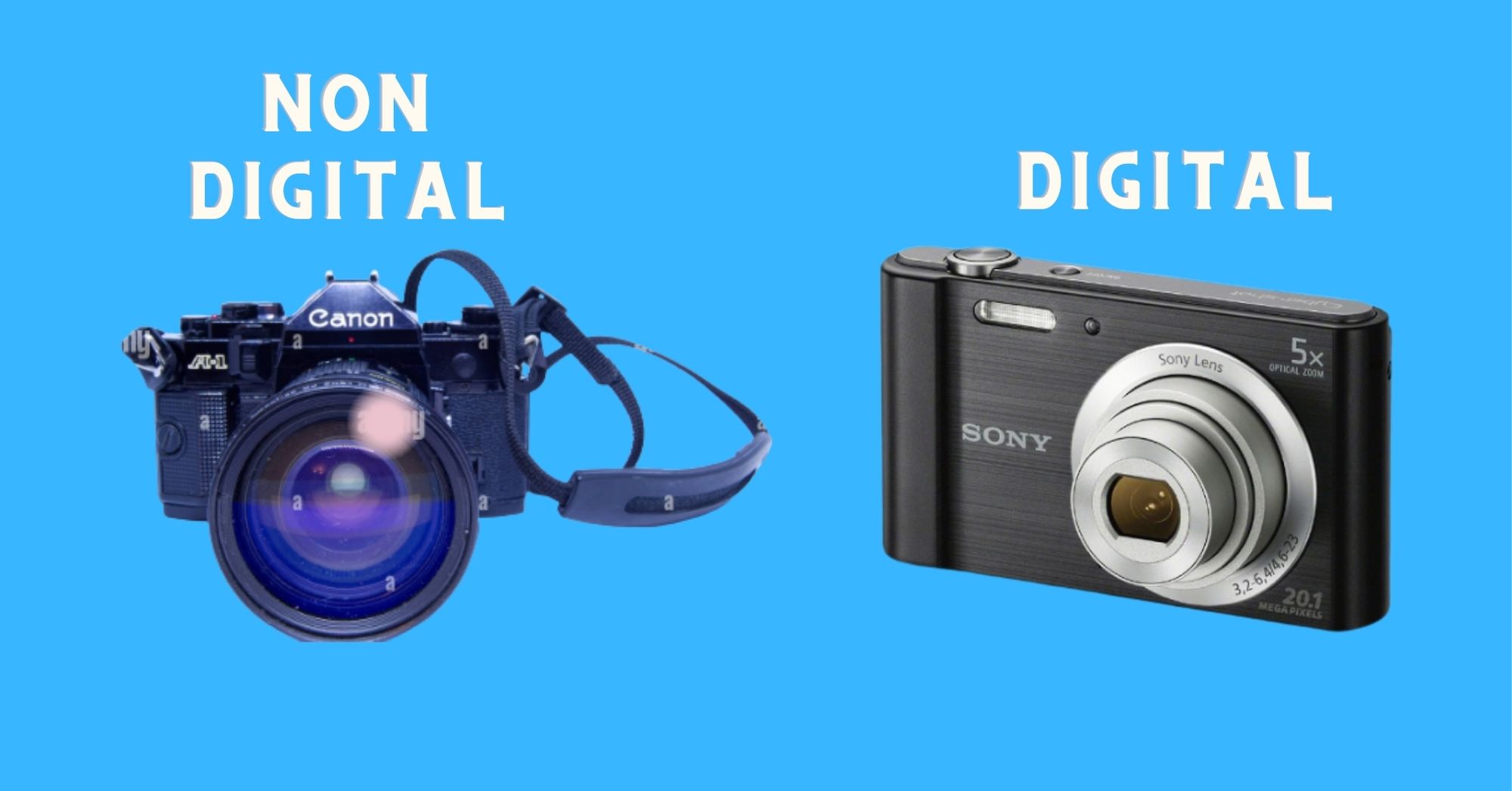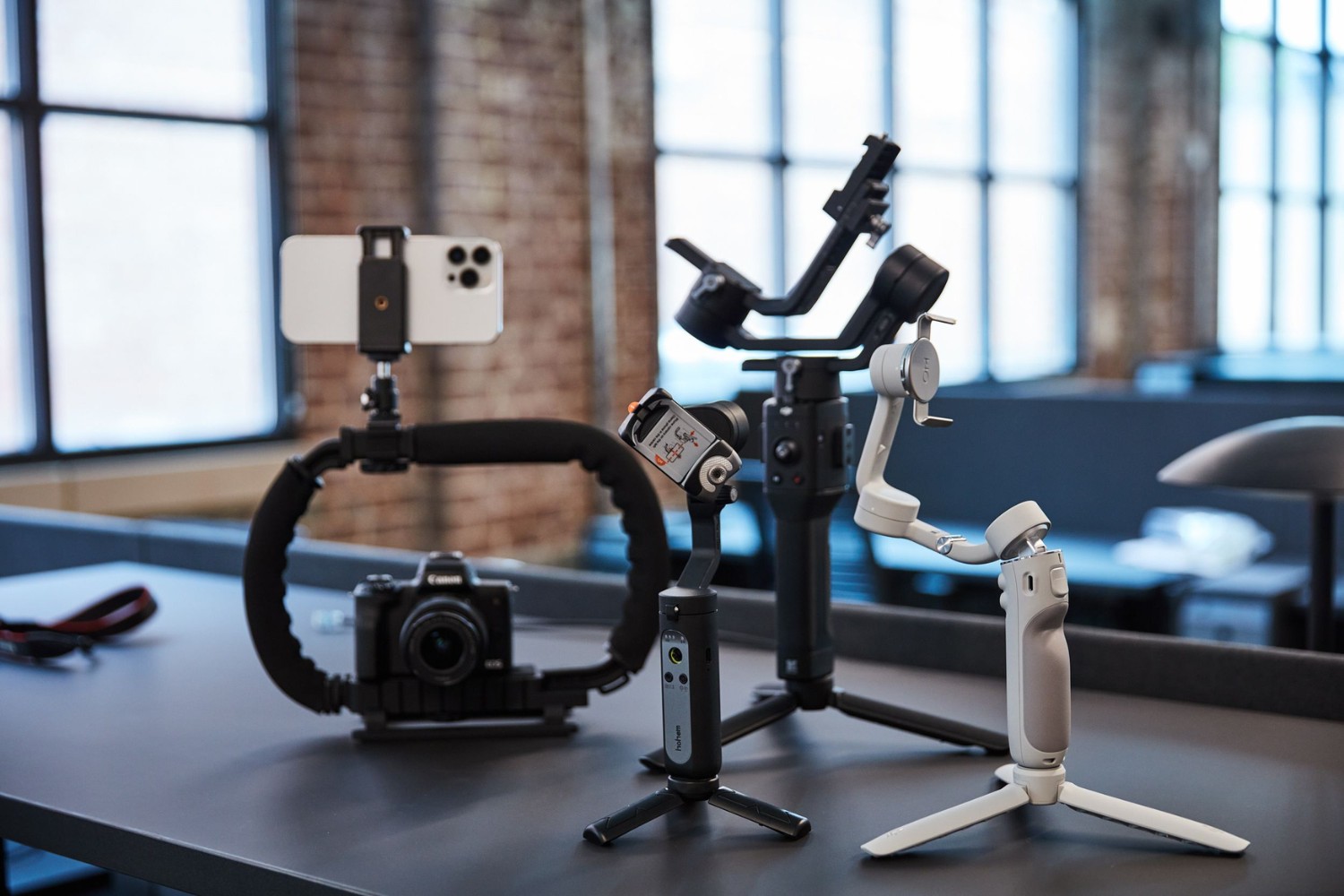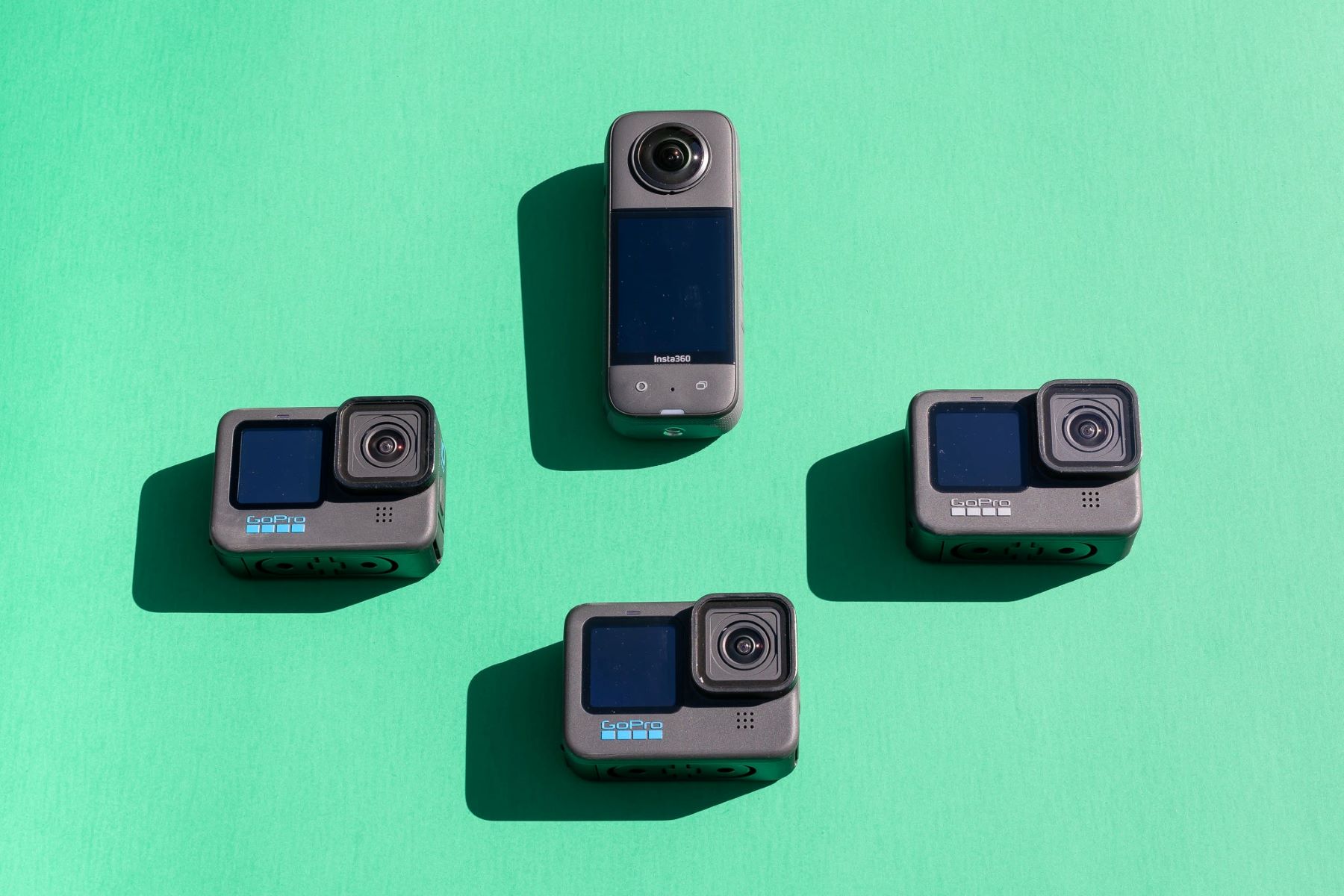We may be well into the era of digital photography, but that doesn’t mean film cameras have become obsolete. Sure, film cameras are costly, time-consuming to set up, unpredictable, and slow. However, they are still appreciated for their analog shooting capabilities.
There are even some professional photographers who’ll argue that vintage film cameras produce the best photos. If you’re interested in film photography, check out the 20 best film cameras we’ve found on the market for you below:
Nikon F6
The Nikon F6 is one of the best film cameras for vintage-lovers, bridging the gap between modern SLRs and old-fashioned 35mm cameras. The majority of Nikon F6’s specifications are similar to modern digital cameras. It is integrated with a comprehensive AE, manual mode, shutter-priority, and aperture-priority. Aside from that, the Nikon F6 is built with an 11-point AF system and advanced powerful film features of a maximum of 5.5 fps. With the Nikon F6 film camera, you can record beautiful and rich films since it is supported by Nikon’s 3D Color Matrix metering system.
Nikon has also partnered with Giugiaro Design, integrating design and ergonomics into the Nikon F6. Although the 5.5 fps’ performance is ordinary for today’s DSLR standards, F6’s aluminum alloy exterior is an excellent boost. The Nikon F6 provides photography enthusiasts with the opportunity to own a stylishly designed film camera powered by technology and modern integrations.
Developed sometime between 1976 and the 1980s, the Canon AE-1 is one of the most popular film cameras available on the market. This camera revolutionized the way people perceive film cameras, filling the gap between hobbyists and professional photographers. Although it requires a battery to work, the AE-1 film camera delivers more consistency and flexibility compared to mechanically-operated cameras.
The Canon AE-1 features a reliable and sturdy chassis, making it easier to handle and move around. It also has a full-program automatic mode that allows you to easily point, focus, and shoot.
The Canon AE-1 can be equipped with FD mount lenses, including the 50mm f1.2. Although it was released at a time where aperture-priority was highly favored, the Canon AE-1 offered a shutter-priority automation. For AE mode, Canon released the AE-1P as the successor.
If you’re looking for a more compact film camera but don’t want to follow the Leica trend, the Olympus is the best choice for you.
Despite its smaller size, the Olympus OM-1 is a tough contender for bigger and heavier SLRs during its reign. Aside from interchangeable focusing screens, the OM-1 features a bigger and brighter viewfinder.
One of the best entry-level film cameras for film photography is Pentax K1000. It is a favorite film camera among many students because of its durability, simplicity, and affordability. The downside of the Pentax K1000 is the lack of a depth of field preview and self-timer.
The Pentax K1000 doesn’t require a battery; its mechanical shutter can still work even without one. Despite its simplicity, many professional photographers still use the Pentax K1000 for their work.
The K1000 exemplifies the vintage aesthetic with its leather and chrome body. The company still produces lenses in a range of focal lengths, including 71mm, 43mm, and 31mm.
Introduced in 1969, the Mamiya C330 is a professional twin-lens reflex film camera. It comes with interchangeable twin-lens, making it an affordable and less complex alternative to the more expensive Hasselblad 500.
With interchangeable 55mm to 250mm lenses, the Mamiya C330 is a comprehensive film camera that is also built with interchangeable focusing screens. Despite its large size and bulky exterior, the Mamiya C330 is still popular today among photography students and vintage camera aficionados.
Nikon FM2 was released when other film camera manufacturers were developing smaller and more affordable SLRs and innovative electronic controls. Because of its elegant design and durability, the Nikon FM2 continued its production until 2001.
If you love Nikon’s DF design, you should consider the FM2 film camera. Instead of the horizontal rubber cloth shutters, the Nikon FM2 features a vertical metal shutter. As a 100% mechanical camera, the FM2 works without a battery except for its internal light meter.
With an impressive 1/4000sec shutter speed, mechanical shutter, and robust copper-aluminum-silicon alloy structure, the Nikon FM2 is a true powerhouse indeed.
Leica M6
Leica cameras are the cream of the crop in the world of photography. This started when the first Leica 1 camera was released by Ernst Leitz a century ago. The brand continued to dominate the market during the era of film photography.
The M6 series is among the best of Leica’s film camera lineup, comprising two models: the M6 TTL and the M6. Both M6 cameras are integrated with frame lines for 28mm wide lenses, primarily designed for photojournalism and documentary work.
The Mamiya 7 II is integrated with a leaf shutter that syncs flash speeds at 1/500th per second. This camera is popularly known for its wide-angle lenses as well as the fact that it can record in 6×7 format. The camera also boasts other formats that can capture larger sceneries and structures and has a rangefinder that looks beautiful with visible frame lines. It is perfect for landscape and wedding photos.
The Mamiya 7 II also features a silent shutter, letting you capture photos without noticing and hearing the shutter. The camera does come with a hefty price tag, however, so consider yourself warned before you go seeking it out!
If the Mamiya 7 II is out of your budget, try the Fuji GW690 film camera. Similar to Mamiya, it is a rangefinder-style film camera with an affordable price and lower-grade optics.
Since the camera has a massive size and build, the Fuji GW690 is considered the “Texas Leica”. Aside from Mamiya’s price, the Fuji GW690 competes with its offering of huge 6×9 negatives. With a bigger size, the GW690 delivers higher-quality results and the capability to print larger photos.
Like the Mamiya 7 II and the Fuji GW690, the Canonet G III QL17 is Canon’s rangefinder film camera series with an integrated light meter. The camera is built with exceptionally sharp f/1.7 40mm lenses and was often deemed to be an excellent alternative to Leica cameras.
The QL17 is great for daily use since it’s robust with all-metal exteriors, a compact body, and is super lightweight. If you’re leaning towards street photography, the Canonet series is your best option.
The downside to this camera is its inaccurate light meters. You can work around this issue by purchasing an external light meter or download a light meter app for your phone.
Rollei 35 S
If you prefer a smaller film camera, the Rollei 35 S is something to consider. One of the smallest 35mm film cameras available on the market, the Rollei 35 S is integrated with a Zeiss Sonnar 40mm f/2.8. Since it’s small enough to fit inside your pocket, you can easily bring Rollei 35 S for everyday use.
Leica M-A
The Leica M Rangefinder model was once a controversial camera due to its high cost. Yet others viewed the Leica M cameras as examples of perfect camera engineering.
Regardless, in terms of usability, the Leica M requires professional knowledge to master its functions. Its focus, for example, is extremely precise and quick but takes a while to learn.
Aside from that, Leica lenses are expensive. You can remedy this by getting cheaper lenses from other brands. Fortunately, the Leica M-A can adapt to this change and still produce quality images from lenses of other brands.
The Minolta X-700 is hailed as of the best manual focus film cameras. Its versatile and bright viewfinder lets you capture beautiful photos. Whether you’re a newbie or veteran, the X-700 has manual and automatic modes for all types of photographers.
The only downside of the Minolta X-700 is its lens selection. If you don’t have Minolta’s MC or MD mount lenses, then you should skip the Minolta X-700. However, if you already have the lenses or have purchased one at a cheaper price, then this is a film camera you don’t want to miss.
Released in 1957, the Hasselblad 500 C/M’s functional box-shaped design feels like it was developed just yesterday. The camera’s contemporary high-end format is still integrated with a flexible and modular design. Within the central box, you can locate the camera itself, allowing you to fit a diverse range of lenses, film backs, and viewfinder attachments.
Hasselblad’s interchangeable back is one of its noteworthy features, letting you swap backs in moments and load new films into an empty back while shooting. Aside from that, you can swap between 6×4.5cm or 6x6cm formats as well as test the composition and lighting through the Polaroid back.
With the development of Hasselblad’s 907X 50C, the 500 C/M comes with a more powerful integration. As such, the 907X 50C can fit straight into the latter with a series of clunks and clicks. If you purchase the Hasselblad 500 C/M film camera, you have a hybrid experience of analog photography and digital precision on your hands.
The Cambo Ultima 45 4×5” View Camera isn’t a complete film camera per se as you need to purchase separate lenses and lens plates. It combines a unique experience of modern digital backs with smaller sensors and a high-quality, large-film photography format. With a monorail system, this is a film camera with a flexible and extremely modular design.
The Cambo Ultima’s front and back plates can also be angled and shifted independently to different depths of plane and fields of focus, giving you exceptional control over the viewpoint. The Cambo Ultima is the best fit for architectural and studio photography for these specific reasons.
Although the Konica Hexar AF is categorized as an autofocus rangefinder, many photographers classify it as a point-and-shoot film camera. The Hexar AF’s 35mm f2 lenses were once rumored to be a replica of the more expensive 35mm f2 lenses of Leica cameras.
Aside from the powerful yet inexpensive lens, the Konica Hexar AF has autofocus functions attached to its compact and elegant camera body. As such, it’s well-suited for street photography.
Combined with advanced film and silent shutter, the Hexar AF is definitely a vintage masterpiece. The Hexar AF does come with bulky manual controls, which can be concealed with the built-in light meter.
During the 1970s and 1980s, the Russian Lubitel cost £8. With the modern Lubitel 166+, you can purchase it for approximately $99 on Amazon. It is made of plastic and offers basic features you expect out of a film camera.
With a uniquely-designed Lubitel 166+, you can have a manual shutter speed control and manual aperture control as well as the absence of a light meter.
Nikon FE
The Nikon FE is equal parts compact, affordable, and durable, in line with the company’s high engineering standards. This advanced 35 mm film SLR combined both class and usability into one. Its rather simple black or silver chassis does away with the opulence of other cameras of the ’70s.
In terms of performance, the Nikon FE is praised for its metering and auto-exposure system. It is highly accurate and can shoot in a majority of light settings; only the most complicated light setups will throw it off balance. It also features a bright and large viewfinder, displaying all the info you need to capture the perfect shots.
Another film camera that is the best fit for professional and expert photography enthusiasts is the Linhof Technorama 617s III.
It is a tough contender of Hasselblad’s XPan panoramic camera. However, Technorama is still being sold in the market nowadays. With its body-only package, you will have to buy separate lenses for the Technorama 617s III.
Linhof’s film camera is primarily for experts since it has a manual exposure that requires manual focus and precise leveling for the ultra-wide 17:6 ratio images. It’s meant for high-quality and more complex technical photography, offering the flexibility of an analog film format.
Pentax 67
The Pentax 67 is a powerful film camera, with a DSLR body weighing over 5 lbs. This film camera is integrated with a special wooden handgrip for prolonged filming. Although it’s a bulky film camera, the Pentax 67 still comes with more benefits that you can’t simply ignore.
The company manufactured a diverse range of lenses to match any type of filming. The 105 f/2.4 standard lens, for example, is a gamechanger. With the Pentax 67, you get one of the best film cameras with a simple and straightforward design. Because of their durability and compactness, they’re still widely used by many studio and fashion photographers. They also provide an affordable introduction to oversized films.
The Best Film Cameras For Retro Photography
While film photography isn’t in fashion today, that doesn’t mean it has phased out of living memory. As our list above shows, the demand for film cameras is very much alive and well, with many enthusiasts keeping their eyes peeled for the best of the best. With this list on hand, we hope you’ve found something that takes your fancy for your future photography expeditions!

